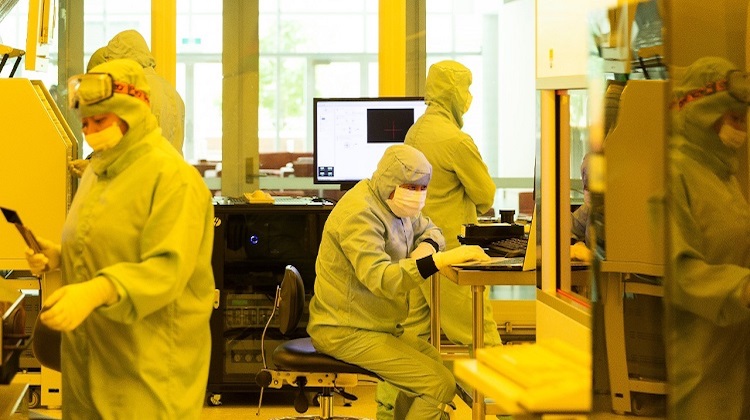
The Royal Australia Air Force (RAAF) and University of Sydney’s Nano Institute have launched a scientific collaboration to research and develop sensing technology for the Australian Defence Force (ADF).
Under the partnership, the Jericho Smart Sensing Laboratory would develop nano-scale devices able to assess the physical, chemical, biological, acoustic or electromagnetic environment to assist in monitoring the electromagnetic, space and underwater domains as they become more contested and congested.
“Advanced sensors give us a clearer picture of what is happening against difficult targets in challenging environments,” Deputy Chief of Air Force AVM Gavin Turnbull said in a statement on May 1.
“We need to think differently to achieve and maintain our competitive edge in a rapidly changing world, and this is something we cannot do alone.
“Our academic and other partners are helping us to disrupt ourselves in a controlled way, which is a far better proposition than unwillingly being disrupted by our competitors.”
The collaboration is an element of the RAAF’s Plan Jericho, and the Jericho Smart Sensing Lab will form a critical part of the plan’s scientific infrastructure.
Associate Professor Cara Wrigley from the Sydney School of Architecture, Design and Planning has been appointed the Jericho Chair of Design Innovation, responsible for bringing the University of Sydney’s research closer to real-world defence problems.
“The University of Sydney’s world-leading design methodologies partnered with Air Force’s experience will accelerate our cutting-edge photonics research into a real defence capability advantage for Australia,” Professor Wrigley said in a statement.
“When used on aircraft, satellites, vehicles and integrated into a sophisticated Combat Cloud – or Internet of Defence Things – these sensors will enable game-changing awareness.”
The 800 sqm lab is housed in a purpose-built building which has state-of-the-art, environmentally-controlled laboratories specifically designed for research in nanoscale devices, such as those that will underpin the compact smart sensors developed in this project.











